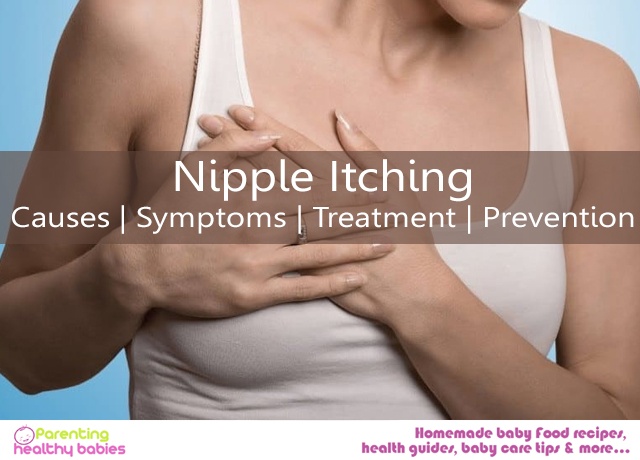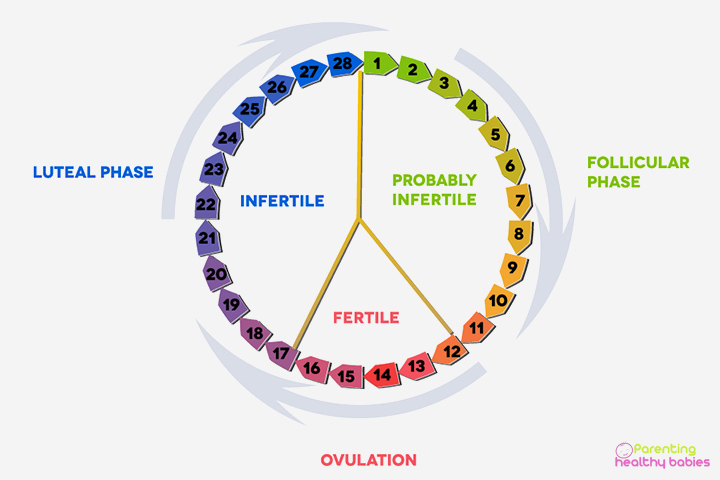Breastfeeding is very important for a baby’s growth and most mothers have no trouble starting with the process as the baby latches on to their breast quite naturally. But some mothers may find that the baby isn’t keen on latching on to the breast due to the size of the mother’s nipple or because she’s been used to a bottle for certain unavoidable reasons. At this point, lactation consultants usually recommend nipple shields as a short-term solution to the problem.
A Guide for Using Nipple Shield for Breastfeeding
In This Article:
- When Should You Use It?
- How to Use It?
- How To Put The Shield On?
- Benefits of Nipple Shield for Breastfeeding
- Disadvantages of Nipple Shield for Breastfeeding
- Precautions of Nipple Shield for Breastfeeding
A nipple shield is a thin silicone cover that is worn over the nipple and the areola during breastfeeding. A breast shield is especially recommended for mothers who have nipple size that makes it difficult for their babies to latch on and feed. It is also helpful in case the baby refuses to latch onto the nipple and is used to bottles. While most nipple shields are made of silicone, they can be made of rubber and latex as well.
Read More:Can You Breastfeed with Nipple Piercings?
When Should You Use It?
A nipple shield is generally suggested if you face problems breastfeeding due to various reasons like
- Flat or inverted nipples that make it difficult for the baby to latch on
- High palate in a baby
- Sore or cracked nipples which can make breastfeeding painful
- Dependency on bottle feeds. Babies who were bottle fed may not latch on to the nipples effectively. In case you are teaching your baby to breastfeed, using a nipple shield can make the task easier.
- An overactive let down in a mother causing an excess flow of milk. This can choke the baby and cause her to pull out. A nipple shield can slow the flow of milk.
- Premature babies or babies weak due to illness or other reasons may find feeding easier in the nipple shield. This is because the everted position of the nipple can make suction easier and the tip of the nipple also collects milk, allowing the baby access to milk immediately when he begins feeding again.
How to Use It?
In case you have been advised to use a breast shield, your doctor or health advisor will give you a set of guidelines that you need to follow during the process. Here are some guidelines that should be kept in mind while using a nipple shield.
- Wash your hands before using the nipple shield.
- Massage your breasts and hand express some breast milk on to the tip of the shield.
- Lace the inner rim of the shield with some breast milk to help it set on the breast.
How To Put The Shield On?
Once you have a breastfeeding shield that is of the correct size, you can follow these steps to put it on.
Before
- Turn the nipple shield half way inside out.
- Place the back of the shield on your areola so that your nipple is inside the tip of the shield.
- You can moisten the inside of the shield with some breast milk to help it stay in position.
- You may need to hand express some breast milk into the shield to help your baby begin feeding. You can also hand express some milk to the tip of the shield.
- Gently touch the tip of the nipple shield to your baby’s lips to allow her to latch on to the entire brim of the nipple shield.
After
- With one hand supporting your baby’s neck and head and the other hand holding your breast, encourage your baby to open her mouth wide enough to latch on.
- Carefully touch the tip of the nipple shield to the roof of your baby’s mouth. This will help her suck better and take breaks to breathe if required.
- If the nipple shield is designed with sections for a skin to skin contact ensure that your baby’s face is touching them, without disturbing her feeding.
- Ensure that your baby is feeding by noticing the movement of her mouth. Also, make sure that she is getting enough breast milk.
Benefits of Nipple Shield for Breastfeeding
- It provides relief to mothers suffering from sore or cracked nipples.
- If the baby is used to bottle feeds, this will help her transition to breastfeeding.
- It helps mothers whose breast and nipple size makes it harder for the baby to latch on.
Disadvantages of Nipple Shield for Breastfeeding
- It can lower the milk supply if it isn’t positioned the right way, leaving the baby hungry.
- Nipple shields of the wrong size can cause discomfort to the mother and cause sore nipples.
- In the event the shield does not allow efficient milk transfer, the mother may be at a risk of mastitis or her milk ducts may get plugged.
- Weaning the baby off the nipple shield may be a challenge.
Precautions of Nipple Shield for Breastfeeding
- Track the number of wet diapers your baby has. Five or six wet diapers usually mean that your baby is feeding well.
- Regular, loose stools, thrice a day will indicate that your baby is feeding properly when she is around four to six weeks. The number of stool will go down as she gets older, but she should still have loose stools.
- Check your baby’s weight regularly to track her growth. If her weight isn’t normal then she may not be feeding properly.
While there is no worry with respect to the use of a nipple shield and milk supply, it is true that your baby may not be able to latch on properly, which can lower the amount of milk your baby consumes. Try to shift to direct breastfeeding as soon as possible to retain physical contact with the baby. Nipple shields are a short-term solution and shouldn’t be used for too long unless it is absolutely necessary.
Sources:













